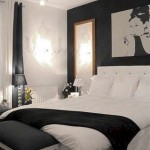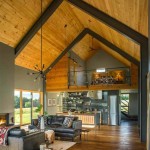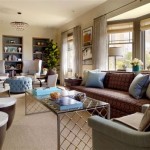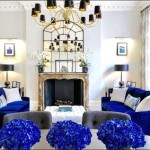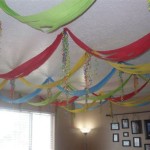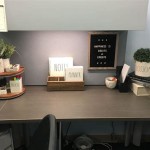How to Decorate with Ugly Carpet: A Comprehensive Guide to Transform Your Space
Ugly carpet can be a major eyesore, but it doesn't have to ruin your home décor. With a little creativity and the right approach, you can transform even the most unappealing carpet into a stylish and inviting part of your living space. Here's a comprehensive guide to help you navigate the challenges of decorating with ugly carpet:
Choose Complementary Colors: To minimize the impact of an unappealing carpet, select furniture and décor in colors that either complement or contrast it subtly. If the carpet has bold patterns or a strong color, opt for neutral or muted tones in your furnishings to create a more balanced look.
Add Layers: Layering different textures and patterns over the carpet can help break up its monotony. Place a large area rug with a different pattern or texture on top of the carpet, or add throws and blankets in various colors and fabrics. You can also incorporate curtains with bold prints or textures to draw the eye away from the carpet.
Embrace Large-Scale Patterns: When working with ugly carpet, it's best to avoid small, busy patterns that can further emphasize its flaws. Instead, opt for large-scale patterns in your furniture, rugs, or curtains. Bold stripes, geometric shapes, or floral motifs can create a focal point and distract from the unappealing carpet.
Accessorize with Statement Pieces: Accessorizing with statement pieces can help draw attention away from the carpet and create a more stylish and inviting atmosphere. Choose large-scale artwork, mirrors, or plants that can serve as focal points. A bold painting or a mirror with an ornate frame can create a striking visual statement that minimizes the impact of the carpet.
Use Plants: Incorporating plants into your décor is a great way to add life and color to a space, while also distracting from the carpet. Place large plants in corners or near windows to create a lush and inviting atmosphere. The greenery and textures of plants can help balance out the unappealing carpet and add a touch of elegance.
Consider Wall Treatments: Drawing attention to the walls can help minimize the impact of the carpet. Create a gallery wall with framed art or photographs, or add a patterned wallpaper. A striking wall treatment can become the focal point of the room, diverting attention from the carpet.
Don't Be Afraid of Bold Colors: While it may seem counterintuitive, using bold colors in your décor can actually help disguise an ugly carpet. Paint the walls in a deep, saturated shade or add bold-colored furniture and accessories. The contrast between the bright colors and the unappealing carpet can create a dynamic and visually appealing space.
Remember, decorating with ugly carpet is not impossible. By embracing creativity, utilizing layering, and incorporating bold colors and accessories, you can transform your space into a stylish and inviting haven, regardless of the carpet's unappealing appearance.

How To Cover Ugly Carpet Rug Reveal

How To Cover Ugly Carpet Rug Reveal

How To Cover Ugly Carpet Rug Reveal

3 Ways To Deal With Ugly Carpet In Your Al Tips For

How To Cover An Ugly Carpet Setting For Four Interiors

How To Cover Ugly Carpet Rug Reveal

How To Cover An Ugly Carpet Setting For Four Interiors

How To Cover Ugly Carpet Rug Reveal

7 Ways To Live With Carpet When You Can T Rip It Out Bob Vila

How To Cover Ugly Floor Tiles In Als 5 Clever S Apartment Therapy
